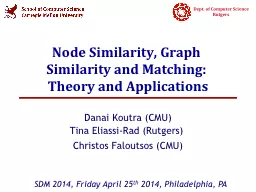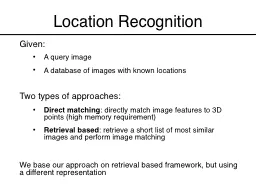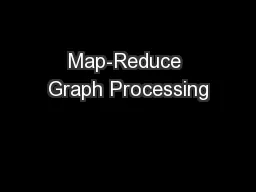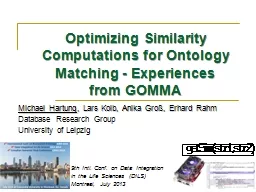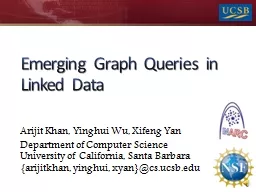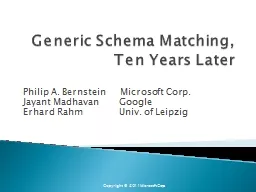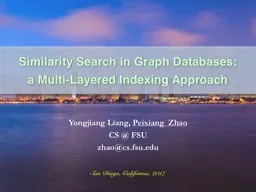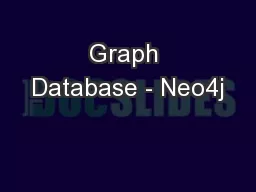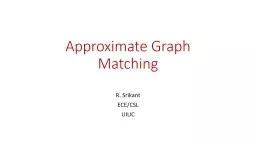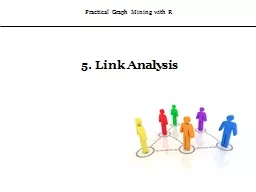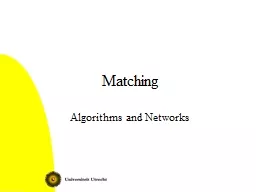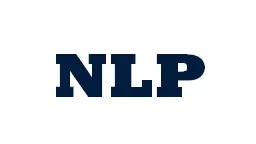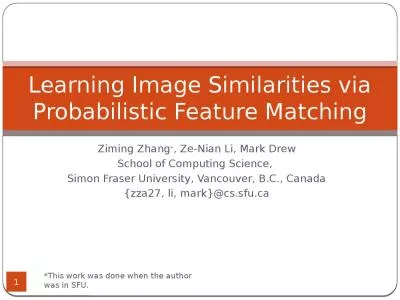PPT-Node Similarity, Graph Similarity and Matching:
Author : briana-ranney | Published Date : 2016-05-16
Theory and Applications Danai Koutra CMU Tina EliassiRad Rutgers Christos Faloutsos CMU SDM 2014 Friday April 25 th 2014 Philadelphia PA Who we are Danai Koutra
Presentation Embed Code
Download Presentation
Download Presentation The PPT/PDF document "Node Similarity, Graph Similarity and Ma..." is the property of its rightful owner. Permission is granted to download and print the materials on this website for personal, non-commercial use only, and to display it on your personal computer provided you do not modify the materials and that you retain all copyright notices contained in the materials. By downloading content from our website, you accept the terms of this agreement.
Node Similarity, Graph Similarity and Matching:: Transcript
Download Rules Of Document
"Node Similarity, Graph Similarity and Matching:"The content belongs to its owner. You may download and print it for personal use, without modification, and keep all copyright notices. By downloading, you agree to these terms.
Related Documents

